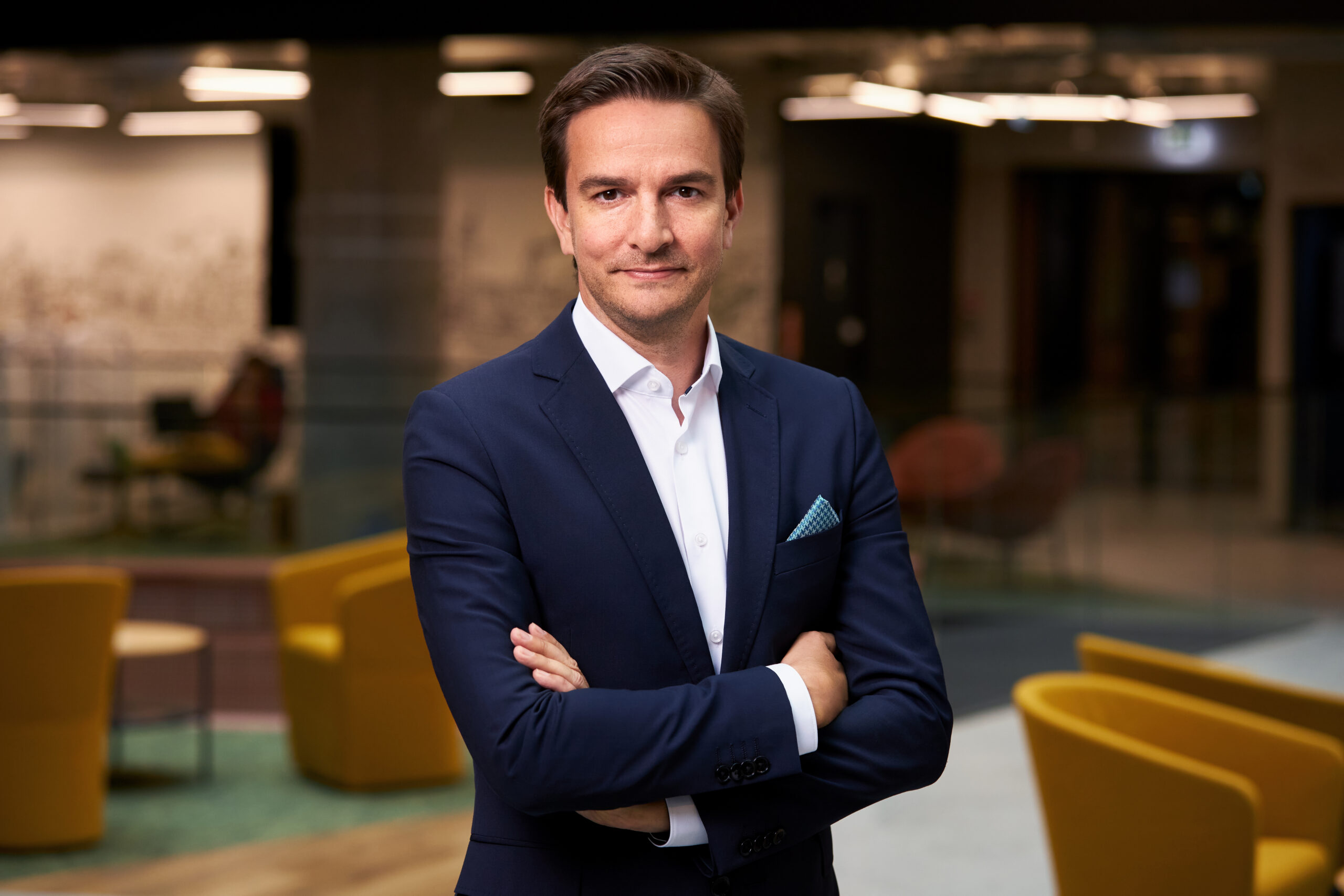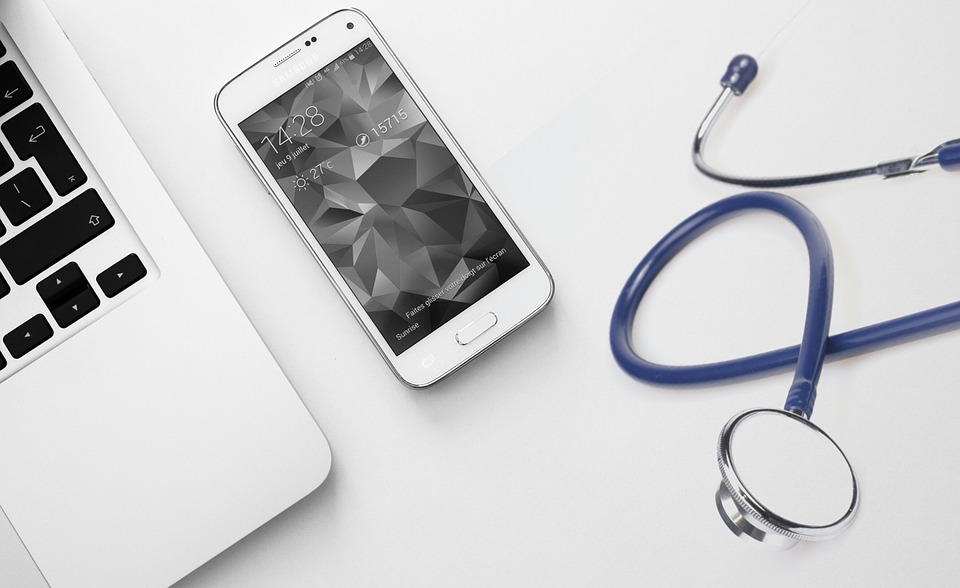Where did the idea for Doctor.One come from?
Nowadays, with a growing shortage of medical staff, estimated by the WHO at 4 million doctors, access to specialists is a growing challenge. The need is growing too because our societies are aging, while at the same time most of the money for health care is consumed by the fight against chronic diseases that cannot be completely cured, but are largely preventable. Under such conditions, a model of care based on single, uncoordinated, patient-initiated visits simply no longer works.
At the root of the creation of Doctor.One was the belief that the current model of medical care has lost something that should be the foundation of all care – a continuous, trusted relationship between doctor and patient. This continuity of care from a doctor who knows us is important to both medics and patients, and we set out to create a system that restores it. It is thanks to this familiarity and trust that the doctor can help us better, not only by “putting out fires” and treating diseases that already afflict us, but also by taking more effective care of prevention. In addition, thanks to modern medical devices, apps and telemedicine, a doctor who knows the patient has a whole new way to communicate and continuously monitor the patient’s health. In business, tools like Slack have changed the way companies collaborate – not every issue has to be a meeting, many things can be handled more efficiently asynchronously and online. We believe that a similar communication revolution is coming in medicine.
How does the Doctor.One work?
Doctor.One is a continuous medical care platform where every patient has simple and direct access to their trusted doctor. When something happens, there is no need to make an appointment – you can simply text your doctor in a secure messenger. Doctors are available to their regular patients during “virtual rounds” and, depending on the situation, solve the problem remotely, order tests, prescribe medications, or invite the patient for an appointment. Doctors also have the space to monitor the patient’s condition and treatment progress between visits. It’s an amazing feeling when the doctor who diagnosed your daughter with bronchitis yesterday texts you today to check how she’s doing. Patients pay a monthly subscription set by the doctor for such care.
What were the biggest difficulties you had at the beginning of your journey?
Our model of care, while de facto restoring the traditional trusted relationship, is new to both doctors and patients. Like any innovation, it needs time to become standard. As Atul Gawande noted in his article “Slow ideas,” in the medical industry even things as obvious today as doctors washing their hands took decades to become the norm. In the digital world, innovations spread faster, but in medicine they still need time and evidence of effectiveness to enter clinical practice.
Initially, doctors feared that patients who would get direct, unlimited access to them in the Doctor.One app would inundate them with messages. Nothing of the sort has happened – it takes our doctors 10-20 minutes a day to take care of dozens of patients – and there are many days when everyone is feeling well and no one is texting. In addition, doctors have full decision-making power over who has access to them – it’s just known patients the doctor is managing, knows their medical history and doesn’t have to start every consultation with a blank sheet of paper.
After a year, we can say that our model is working – we are driven by enthusiastic feedback from patients and more examples of doctors whose lives we are making easier, giving them independence and new comfort in their work.
What is the future of Doctor.One? What are your plans for 2023?
Over the past year, our model has been co-created and tested by more than 100 doctors, mostly pediatrics and family medicine specialists – the next challenge is to popularize this form of care, so that there are thousands of such “favorite doctors in subscription”. Today, communication with patients between appointments is a bit unofficial and unregulated – doctors often do it after hours, share a private phone number, email or even social media – and these are not safe forms for doctor and patient. We are doing our best to integrate such a form of continuous care into the system, giving it a financial, legal framework and rules, comfortable for the doctor and the patient.
The next stage ahead of us is to introduce this model to new markets – we are already preparing tests of our model with doctors in Portugal and analyzing the potential of entering more countries.
What do you think of the telemedicine market in Poland and around the world?
I have noticed that the COVID-19 pandemic has tamed both doctors and patients with telemedicine. In my opinion, however, we are only seeing the tip of the iceberg, and the changes that the digitization of health care will bring will be enormous. Today, for many of us, telemedicine is simply talking to a doctor on the phone. While it makes it easier to access consultations, it also has its limitations. The doctor has little opportunity to examine the patient, he can’t see him, and without knowing him he has to spend a lot of time conducting a full medical history. This is why many specialists dislike this form of work, perceiving it as a medical call center, where working with anonymous patients is thankless and time pressure is stressful.
At Doctor.One, we don’t want to simply move 10-minute visits online. We believe that telemedicine 2.0 is coordinated, hybrid care, combining constant contact on the app with visits to the patient’s office or home when the doctor deems them reasonable. Knowing the patient, the doctor can also recommend the use of devices such as StethoMe, Higo Sense or AioCare to support diagnostics without leaving home, and then respond to the results sent for consultation. This is a great time for all physician-innovators who are blazing trails today, creating new pathways for patient care.
Joanna Rancew



